April 17, 2025
by
Indie Gamer Chick
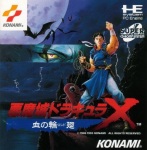
Castlevania: Rondo of Blood
aka Akumajou Dracula X: Chi no Rondo
Platform: PC Engine Super CD-ROM²
Released October 29, 1993
Directed by Toru Hagihara
Developed by Konami
Included in Castlevania Requiem (
PS4
Exclusive – $19.99)
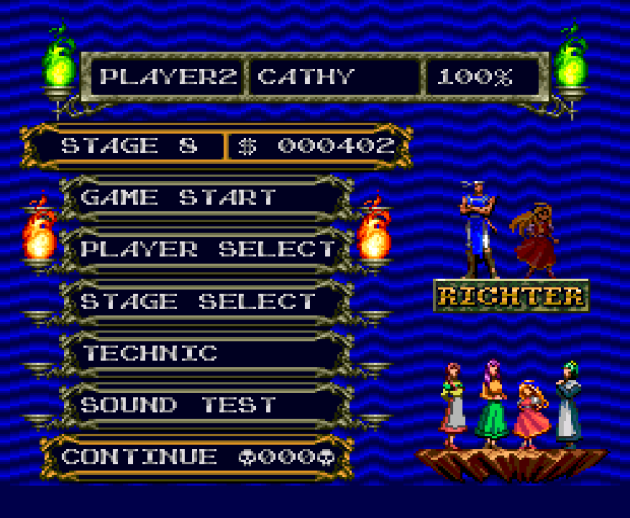
I could just skip the review and note that I spent all night getting a 100% completion. I did a complete run with both Richter and Maria, then had to go back and figure out what I was missing, which took a while, but I never got bored the entire time.
It’s been nearly six months since
Analysis of Castlevania: Dracula X on Super Nintendo
Dracula X, also known as the SNES version of Rondo of Blood. However, it's important to clarify that this is not entirely accurate. When it comes to the level layout, Dracula X deviates significantly from being a mere remake.
the original Castlevania
Compared to Rondo, Dracula X is more akin to a remake of the original Castlevania. Don't always trust Wikis. The games have distinct differences.
Castlevania Chronicles
A game that seems to be a modern version of Castlevania 1, advertising itself as a reimagined Rondo of Blood. It heavily borrows sprites from Dracula X, offering a unique comparison. Always shown on the left, Rondo's depiction is contrasted with Dracula X's on the right. Take, for instance, the giant bat:
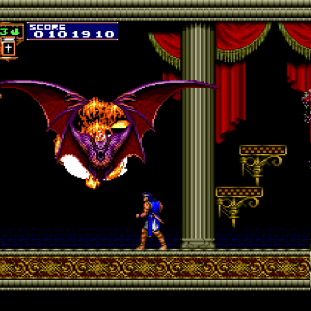
Rondo of Blood
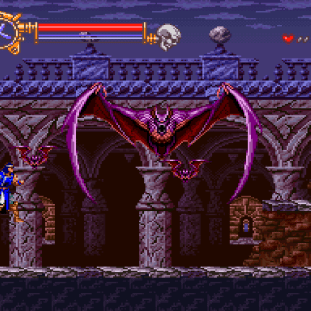
Dracula X
Here’s the headless guy:
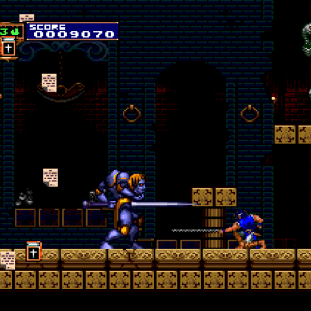
Rondo of Blood
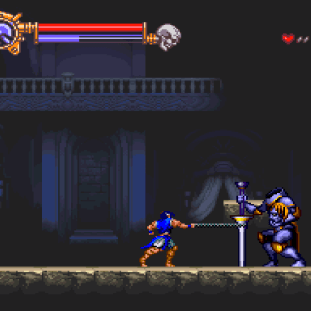
Dracula X
The TurboGrafx-16, though named as such, is actually an 8-bit gaming system powered by a CPU similar to the one found in the NES and Atari 2600. However, it boasts additional features that elevate its capabilities beyond typical 8-bit consoles, enabling games of a higher caliber to be played.
Bonk’s Adventure
to be more colorful and have bigger sprites
than its NES counterpart
Moreover, the Super CD-ROM² add-on enhances the resources available to the PC Engine/TG16. Specifically, it expands the frame buffer from 64kb to 256kb. However, considering it remains an 8-bit console, the impact on the 8-bit Rondo of Blood's quality may be more significant than on the genuinely 16-bit Dracula X. The latter does not exhibit a significantly improved visual quality, if any. When comparing the werewolf depiction, the 8-bit platform excels in creating a more immersive atmosphere. It is notably more eerie than the SNES game with its faded appearance.
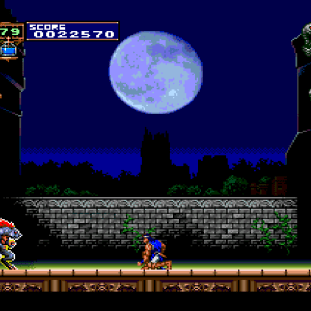
Rondo of Blood
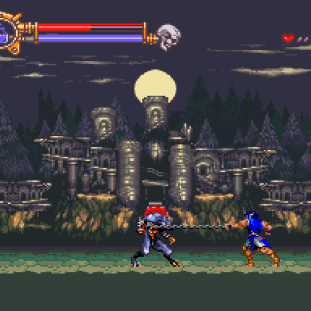
Dracula X
The SNES has more detailed backgrounds, but the character and enemy sprites themselves are usually identical. Not universally so, as Dracula has an entirely different model, but common enough it’s a little startling. It’s not just looks, either. The attack patterns of bosses and basic enemies are often similar, if not identical. That’s not a bad thing, since the bosses (except Dracula himself) were the one aspect of Dracula X I was able to praise without qualifying it. Bosses in Rondo feel climatic, helped by having a “last hurrah” final attack after being defeated. But, some of them, especially the werewolf and Dracula himself, were big improvements over the SNES game. I’ve often said that certain games, good and bad, should be shown in game design courses. I’m not kidding when I say Rondo of Blood and Dracula X should be an entire course in game design on their own. These two games together prove beyond any doubt that the difference between a historically amazing game and a game so pedestrian that it’s boring can be more subtle than you might realize.
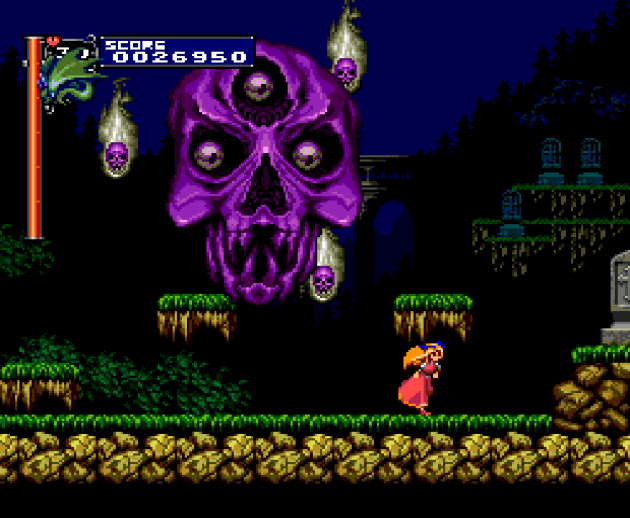
This particular enemy, designed in a unique set-piece style, may seem easy to overcome, yet it surely keeps you alert.
In fact, all the best aspects of Dracula X are here and, if they’re not identical, they’re BETTER on Rondo. In addition to the bosses and enemies, the item crash debuted here and it’s fun. The key and locked doors are in both games but mechanically, Rondo does it better. So I can get why people would call Dracula X a “reworking” or “reimagining” or even a “remake” of Rondo, even if the 16-bit game is actually a huge downgrade. But, the most important thing is that Rondo is darker and scarier than Dracula X. Some might disagree with me, but I think that Castlevania, for all its silliness, should always be played sincerely and try for spooky, not corny. Here’s one final “same boss, different game” comparison shot. You tell me, which one feels more scary looking?
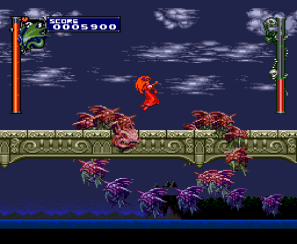
Rondo of Blood
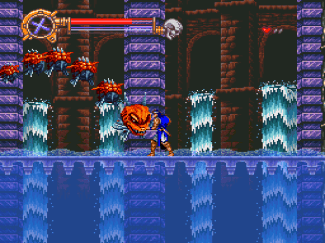
Dracula X
After a thorough examination of Rondo of Blood, it becomes evident that Dracula X can be considered as an unoriginal product, lacking creativity and effort. Comparing the two, Dracula X appears to be a mere imitation, failing to capture the essence of the original game. The developers seem to have replicated certain elements from Rondo of Blood without grasping the core concepts that made the original successful. Dracula X comes across as a substandard version of its predecessor, akin to a thoughtless imitation rather than a genuine innovation.
why
The aforementioned fragments represent the essence. This issue is commonly encountered in ROM hacks. Subpar ones originate from developers lacking genuine passion.
why
of game design.
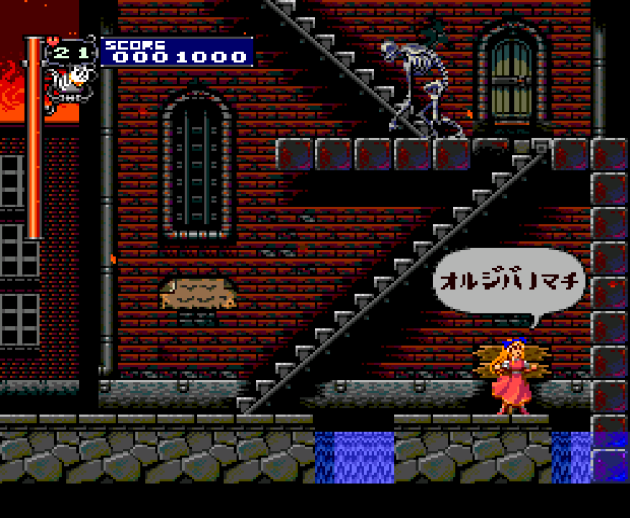
The initial level, inspired by Simon’s Quest, stands out as the highlight of the game. It's a great nod to the past, done exceptionally well.
If it appears that this evaluation is a follow-up to my review of Dracula X, then Rondo of Blood is to blame. It can be challenging for me to fulfill my duties when a game provides few flaws for analysis. I regret not experiencing Rondo of Blood prior to Dracula X, as it would have enhanced my amusement at the mishaps in creating a noteworthy "Castlevania X" release for Nintendo. While this would not have improved the game itself, it certainly would have enriched the overall experience. Dracula X left me unenthusiastic: a sluggish, unoriginal game fixated on employing unfair tactics, unworthy of reusing sprites from Rondo of Blood, a game that lives up to its esteemed reputation. My primary critique of Rondo pertains to the artistic direction of the cutscenes. Richter appears acceptable, yet I struggle to perceive Dracula as a genuine threat when he resembles an exaggerated caricature of arrogance. In all seriousness, Count Chocula exudes more menace than this insipid portrayal.
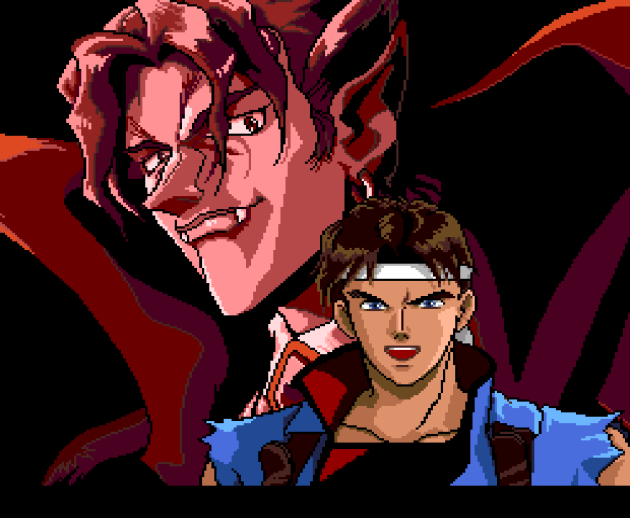
I am not aiming to sound superficial or shallow, as such attitudes are often frowned upon nowadays. However, everyone has their limits. It requires a certain suspension of disbelief to accept that the Grim Reaper serves Dracula, even though logically it should be the other way around. In the world of Castlevania, the embodiment of death allows Dracula to be in charge. Yet, what truly strains credulity is the idea that the Belmont family would not take one glance at Alucard and think, "You're quite charming, but I'm here to confront your father. Wait, YOU are Dracula? No. You are not intimidating! You resemble the antagonist in a deodorant advertisement!" It is conceivable that a person with such a demeanor would intentionally provide incorrect answers on a final exam to secure the title of valedictorian. It is plausible that he would plant evidence in his best friend's car to sabotage his relationship and win over his girlfriend. It is believable that he would initiate a whispering campaign questioning your teamwork skills at the office to secure a promotion over you. This individual exudes an air of unmistakable malevolence, but of a smug, deceitful, and arrogant nature, rather than the type to summon dark forces to conquer the world. Evil, yet not in the grandiose, world-domination kind of way.
EVIL
-evil, you know?
Rondo of Blood just works better because it’s not designed around enemies trying to score one-shot kills, which Dracula X was heavily invested in. The level design is instead optimized for a faster-paced Castlevania romp. That’s surprising, because, like Dracula X, Rondo is still a back-to-basics Castlevania game for the most part. To put it in perspective, when you play as Richter, all the basic sub-weapons except the stopwatch and bible only cost one heart. This is a game that was made to be fun and not because the designer has some vendetta against humanity. Like the best Castlevanias, it’s fun to play just for sightseeing, with plenty of memorable settings and basic enemies, none of who are too spongy or too cruelly placed to make progress ever feel slow.
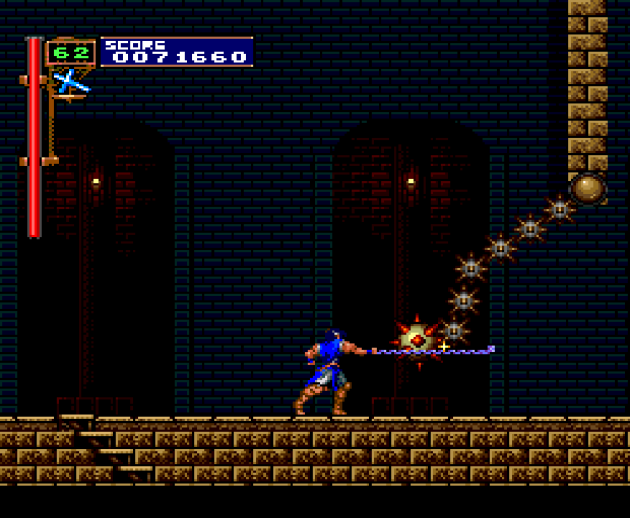
Have you ever had the urge to wield a morning star weapon in a video game? Now you can, and it's not just about changing directions. I was pleasantly surprised by its realistic behavior and the challenge it posed. The attention to detail in level and enemy design adds depth, although I find the cutscenes a bit cringeworthy, which is frustrating.
This game could serve as a perfect entry point for newcomers to the Castlevania series. It is not excessively challenging, as the enemies are meticulously calibrated, with occasional exceptions that add a sense of surprise and excitement to the gameplay. Even the more resilient foes are strategically placed, often resembling mini-bosses. Rondo of Blood excels at transforming what might be considered weaknesses in other games into strengths. If you have hesitated to explore classic Castlevania titles due to their reputation for being tough, this installment is worth a try. Alongside offering well-balanced combat mechanics, Rondo provides ample opportunities for health restoration and extra lives. While a player may lose their sub-weapon and see their hearts reset to 10 upon death, the game ensures that they are not left in a hopeless situation. Despite the absence of whip upgrades, each enemy is meticulously designed to be defeated effectively with the default whip.
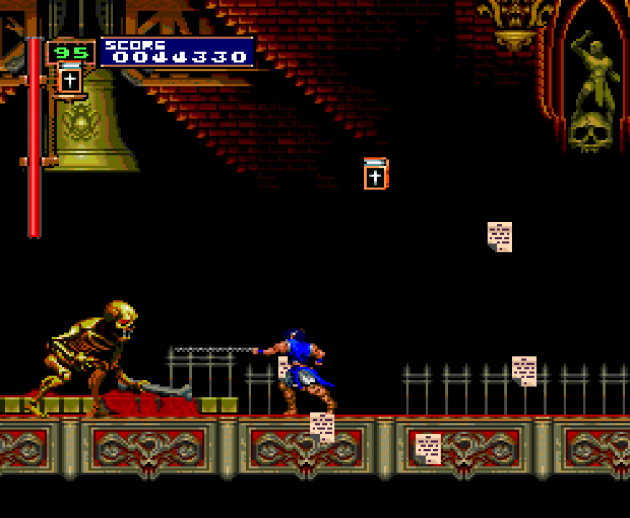
In my opinion, the only element lacking balance is the bible sub-weapon in the game. Its range and power make it almost as strong as a low-cost item crash. If we set aside the cutscenes as the main issue in Rondo, the bible stands out as excessively dominant. Paying just three hearts for such an effective item seems insufficient, especially considering it also offers a low-cost item crash for only ten hearts.
Although I cannot assert with absolute certainty that the managers are ideally equipped for the task, you will...
always
have a chance to get at least one sub-weapon before entering a boss chamber. While you can still cheese the bosses if you have enough hearts to execute an item crash (and some cost quite a bit. One is a whopping FIFTY hearts!), it never feels like you’re cheesing it. What makes it even better is that Rondo’s defensive game is equally satisfying thanks to a variety of dodging moves. Enemies telegraph their attacks in a way where there’s always enough time to activate the backflip move. It takes practice to get the timing down, but it’s so satisfying when you successfully utilize it. I wouldn’t say this is a kinder, gentler Castlevania, but it offers the right amount of grit with almost none of dick moves Dracula X or any other Castlevania game ever has pulled. This might be the most balanced game in the franchise.
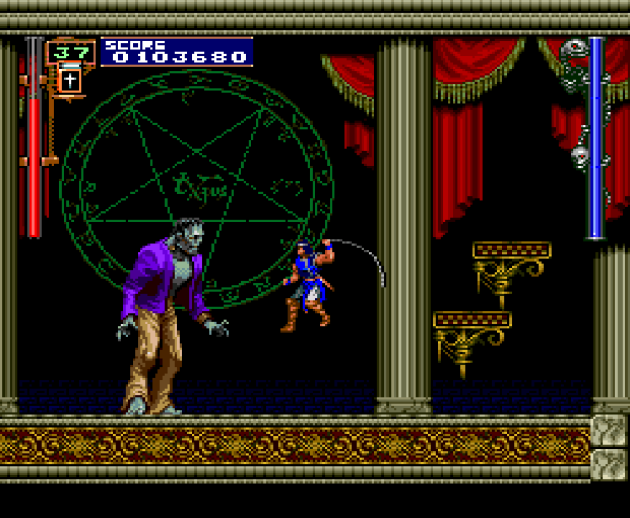
In my first playthrough, I lost three total lives from damage, two which were at the hands of the boss rush sequence that makes up the entirety of level six. It’s actually inspired, because the first four bosses are directly lifted from the original Castlevania. They don’t play the same, as Medusa has a body instead of being a gigantic head, there’s only one mummy instead of two, and The Creature doesn’t have Igor with him. I survived all of them, but I lost the final battle against the guy who resurrected Count Draculahaha. A guy named Shaft. I’m resisting the temptation to break out into song.
In this iteration, the branching path system functions significantly better compared to the incomplete attempt in Dracula X. Upon completing Rondo several times, a notable flaw in Dracula X becomes apparent - the haphazard implementation of branching paths in the SNES "version". It appears that these paths were included in Dracula X merely as a nod to Rondo's extensive use of the feature, serving as a superficial resemblance to convey an upgraded experience. However, while Dracula X's paths appear random and disconnected, Rondo's approach to branching paths is much more cohesive and integral to the overall gameplay experience.
mostly
With an exquisite coherence, Rondo games offer a unique gameplay experience. Each session begins with eight levels, featuring hidden pathways in the initial five. These pathways, housing alternative bosses and leading to new levels, are easily discoverable. This intricate design allows for a cascading exploration of secrets, unveiling hidden routes and surprises at every turn. For instance, in the opening level, players embark on a journey that sets the tone for the challenges ahead.
In contrast to Castlevania III, where players choose different paths between levels, here you encounter unique boss fights and explore diverse second levels based on your choices. Personally, I lean towards Castlevania III's approach, yet appreciate the fresh dynamics of this game.
really
Opt for playing through all levels in one go. Consider using a ROM hack for that seamless experience.
Similar to the experience I had when analyzing Dracula's Curse, I would have chosen that path once I completed the actual game.
When it comes to this game, restructuring the level designs is crucial for its success. Approximately half of the initial five levels alter their themes and enemies based on the chosen path, necessitating a rearrangement of the layout. While replaying levels disrupts the natural flow of the game, the exceptional level design compensates for it. The incorporation of branching paths within the levels is flawlessly executed, making it a perfect embodiment of this game concept.
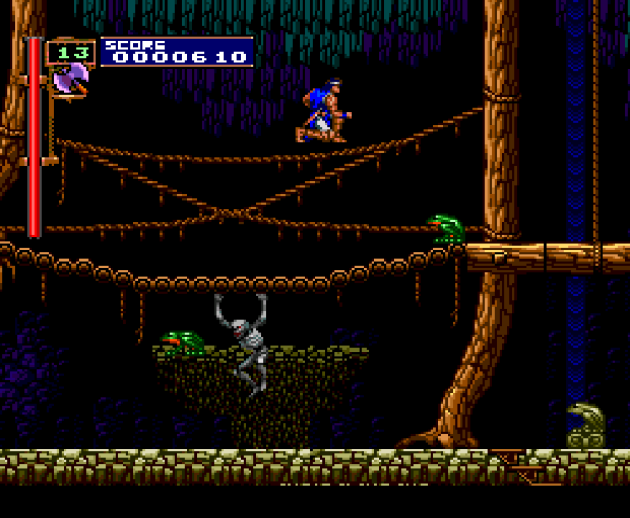
In certain situations, there may be multiple options to consider. This game is rich with hidden surprises, such as unique concealed rooms. This aspect is truly appreciated. Unlike Dracula X, Rondo prioritizes exploration and hidden discoveries, rather than merely including a few superficial elements borrowed from another popular game.
In the game, there are four hidden maidens, with the first one being Maria Renard, a character that can be played. Unlike in Dracula X, where a single key had to be used for multiple doors, saving the maidens in Rondo is simpler. Here, there are three keys in total, each used once in the level where it is found, and not too far from its location. However, a significant challenge in Rondo is the uncertainty of whether a pit is actually a pit or a hidden path. This ambiguity occurs repeatedly, making navigation tricky. Without the assistance of features like quick save/load or rewinding in the emulator, players may find themselves taking blind leaps of faith during exploration. Hence, while Rondo has its merits, its imperfections are evident unless played on a reliable emulator.
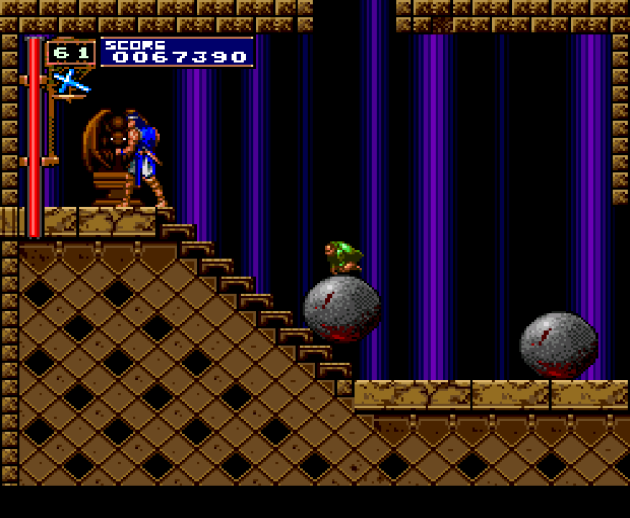
It seems that not every "secret passage" leads to a destination. This particular room left me puzzled about its purpose even after achieving 100% completion. Perhaps its sole aim was to reveal the origin of the flea men riding cannonballs.
The replay value comes from a very enjoyable alternative character. Maria is unlocked in the second level, though you have to go back to the main menu to switch to her. She’s radically different from Richter, throwing doves at enemies instead of a whip. Richter gets a defensive backflip move, while Maria gets a double jump. She also can do a sliding move, but I never found any situation where it was more effective than jumping. Even a situation that seems tailored specifically for it didn’t work. The mummy in the boss rush stage throws blocks at you and, even though it appears high enough off the ground to slide under, the slide doesn’t work for it. Whatever. Her double jump works fine enough as a defensive move. Maria’s sub-weapons are all animal-based as well, including throwing a goddamned dragon at enemies, which is the most powerful sub-weapon in the game. But even throwing a cat at an enemy is both effective and hilarious, as the cat relentlessly attacks. It’s what
my
A feline's actions remain noble, regardless of battling malevolent powers.
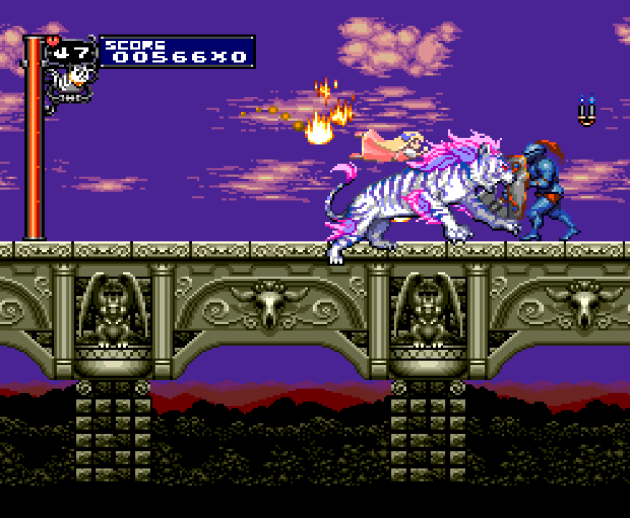
The item crash with the cat is some Power of Grayskull sh*t. Well, HONOR of Grayskull in its case. By the way, Maria apparently has a Street Fighter-like special move, but I was never able to execute it.
In my reviews, I often highlight the flaws of a game, but in the case of Rondo, it is challenging to find any significant ones. The only downside worth mentioning is the unskippable cutscenes, which can be frustrating regardless of language familiarity. Personally, I find the art style to be the weakest aspect of the game. It seems disconnected from the in-game graphics, hindering rather than enhancing the overall experience. However, enduring a few tedious cutscenes to enjoy a flawlessly executed Castlevania game seems like a minor sacrifice. One minor disappointment is the lack of a boss fight in the hidden level unlocked after defeating Dracula. While this may seem underwhelming for a Castlevania title, even Dracula's Curse follows a similar pattern. Despite these minor flaws, Rondo of Blood remains almost impervious to criticism, especially when played with emulation tricks to enhance exploration speed. Overall, I cannot praise this game enough; it was truly a delightful experience to finally immerse myself in its world.
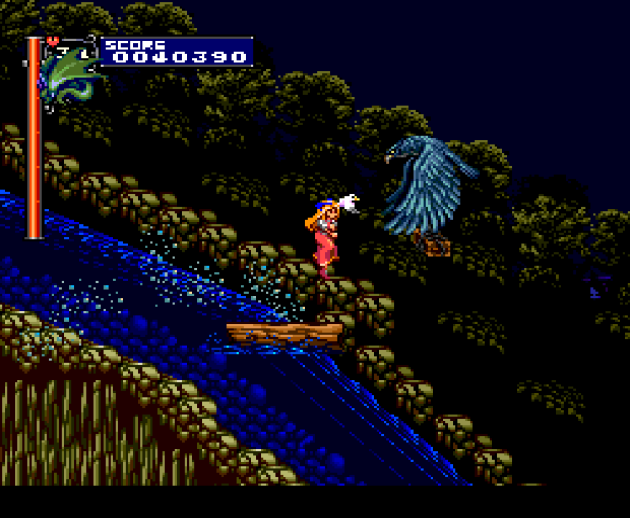
The river rafting part in the game lacks excitement and falls short compared to the rest. It's not necessarily bad, just bland. Trimming it by half would improve the overall experience.
Many Japanese exclusive games that never had a global release are often overhyped. Having tested several at IGC, it's clear that their reputation may not always be justified.
Super Back to the Future Part 2
to
Magical Quest 3
to
Wai Wai World
Rondo is a unique Japanese treasure that truly lives up to its reputation. Its delayed global release was truly unfortunate. The game made its debut on the Wii Virtual Console fifteen years ago, followed by a PSP release shortly after. It was also featured in a now out-of-print collection.
TurboGrafx-16 Mini
Regrettably, the product suffered from a short production cycle and unfortunate delay caused by the pandemic. Despite its potential as a groundbreaking application, these factors significantly impacted its success.
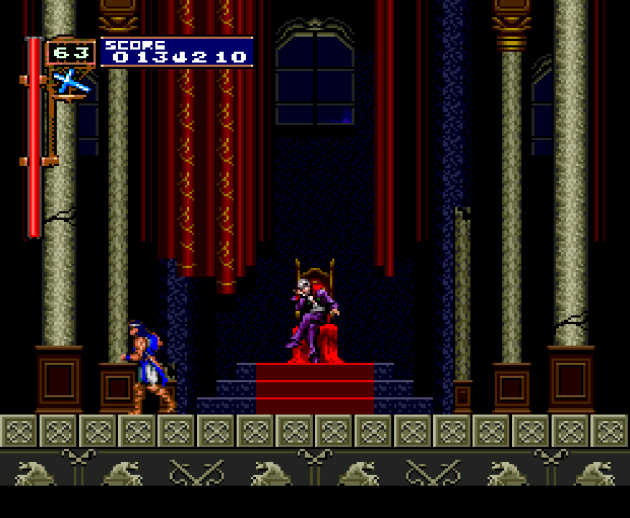
"Excuse me, are you familiar with the concept of hospitality? It's not just for hosts. Oh, you're correct. My mistake. I see your point now."
is
It's all in the name. It's not named Host Rights for a reason. Touche. Next time, I'll come back and visit you at your place. Let's see how you feel when the tables are turned, buddy! Oh, you won't welcome me in? Well, that's just impolite!
always
If I hadn't opened my drawbridge for you, you'd be bidding farewell to your family as I conquer humanity. Gratitude is in order for my act of kindness.
Rondo of Blood would make an excellent addition to any gaming collection. It's surprising that Konami has chosen to keep it exclusively on PlayStation, as releasing it for Xbox and Switch with a reasonable price tag would likely result in significant success. While Castlevania Requiem: Symphony of the Night & Rondo of Blood is a strong retro package, fans are left wondering why Konami didn't include Rondo of Blood in the Castlevania Advance Collection. The decision to feature Dracula X instead was met with disappointment. Moreover, opting for Haunted Castle over Rondo in the Dominus Collection seems like a missed opportunity to showcase this masterpiece to a wider audience.
Verdict:
YES
!
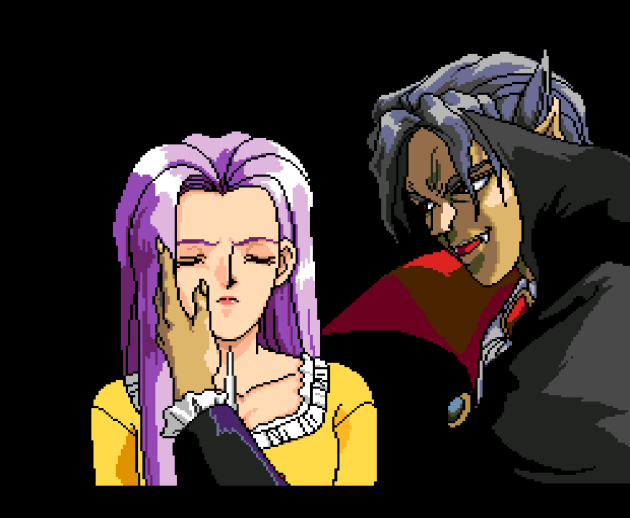
Indeed, it was I who tampered with your boyfriend's vehicle, causing him to arrive late for his commitments. Now, with him out of the picture, would you consider accompanying me to the upcoming formal event? My actions may seem mischievous, but rest assured, it is all part of my playful demeanor. Shall we agree on 7:00 for our meeting time? I do hope that 7:00 means punctuality to you, as I prefer to adhere to schedules. This way, we can make the most of our evening without any unnecessary delays.
 Abadox: The Deadly Inner War
Abadox: The Deadly Inner War
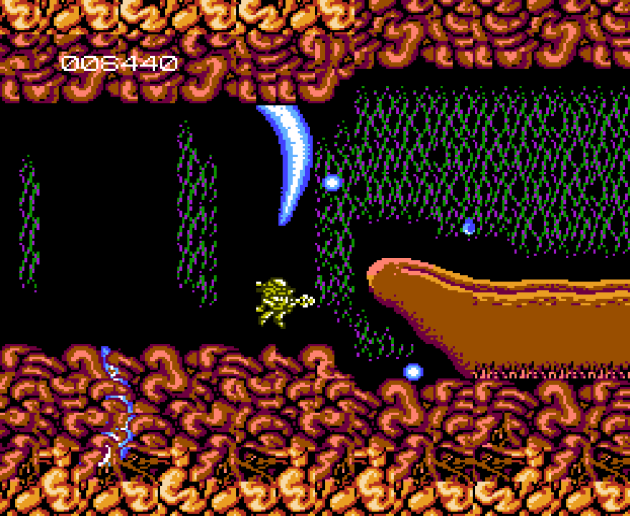
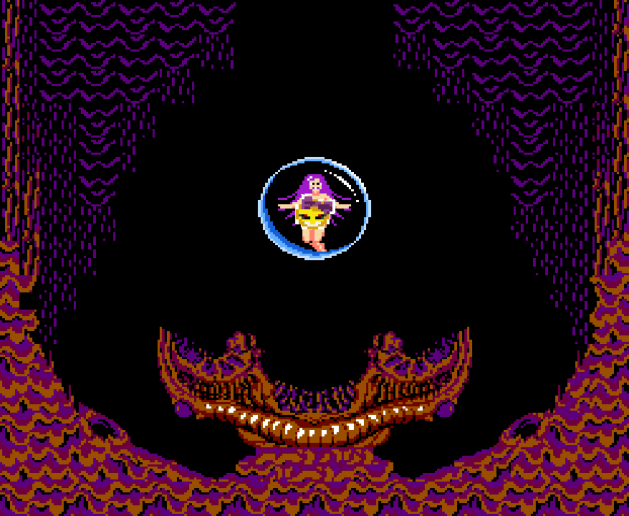
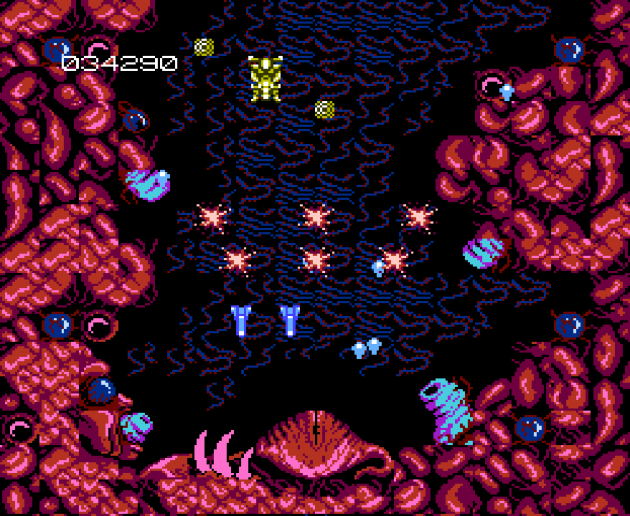
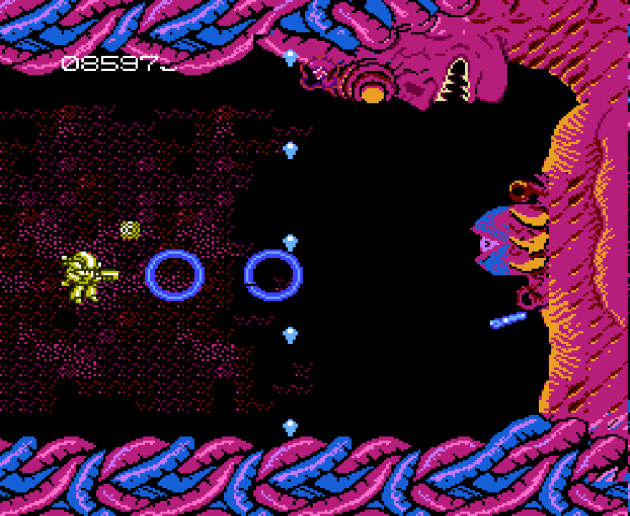
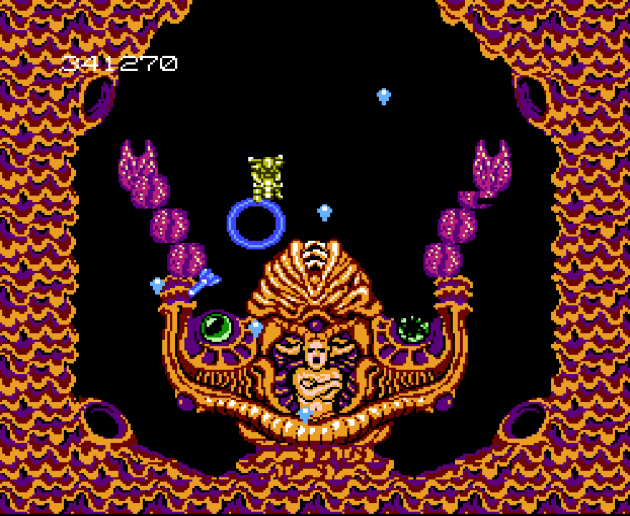
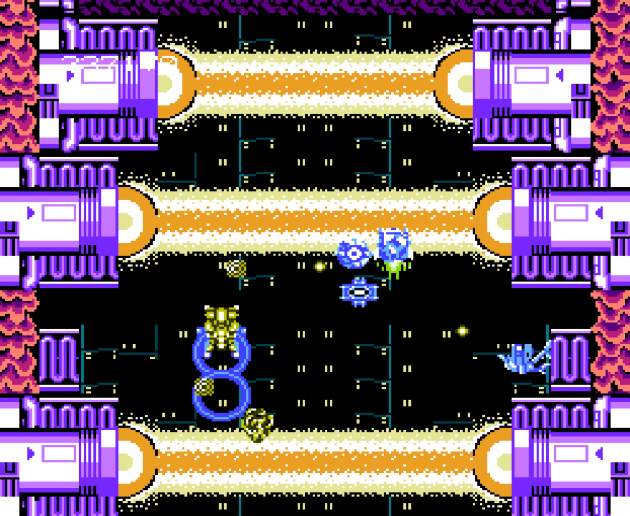

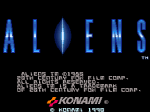 Aliens
Aliens
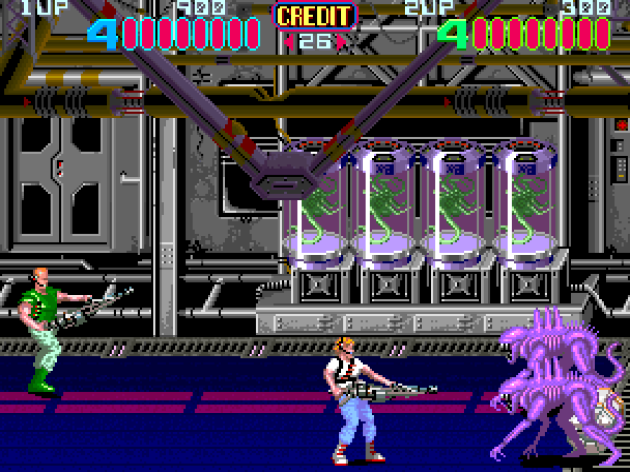
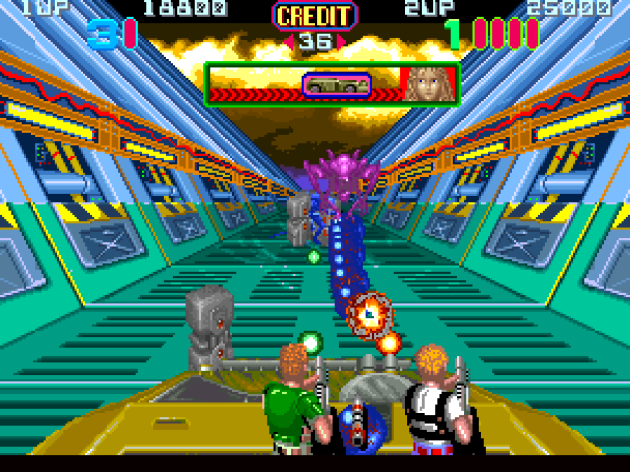
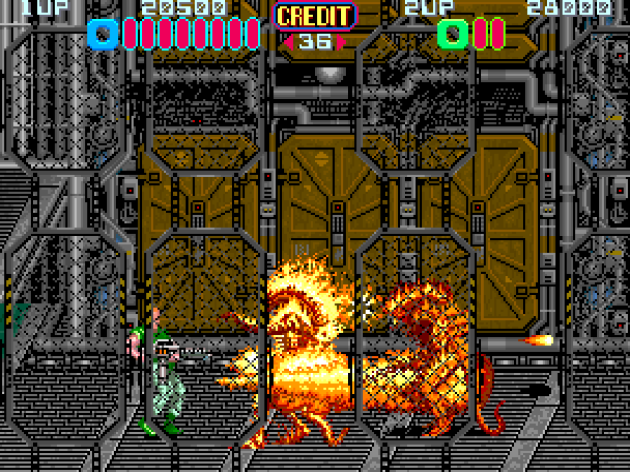
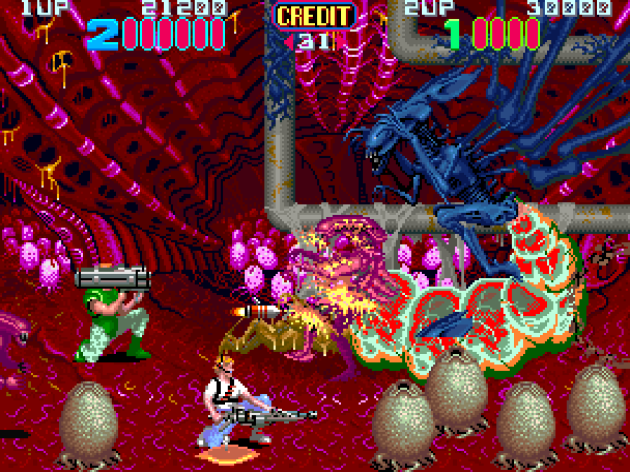
 Oh Shoot!
Oh Shoot!
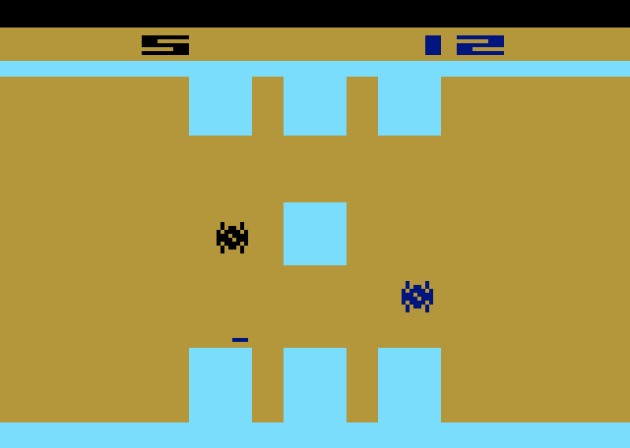
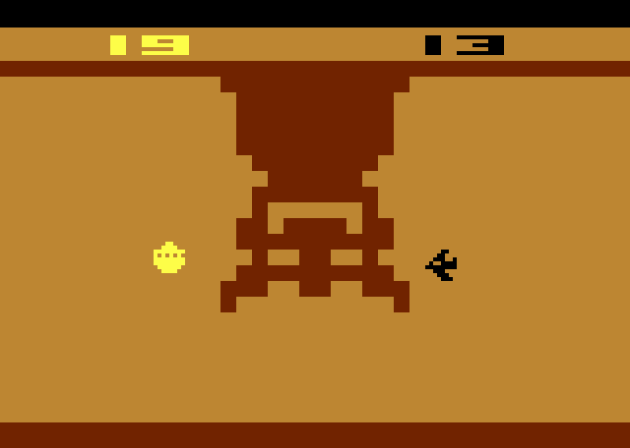
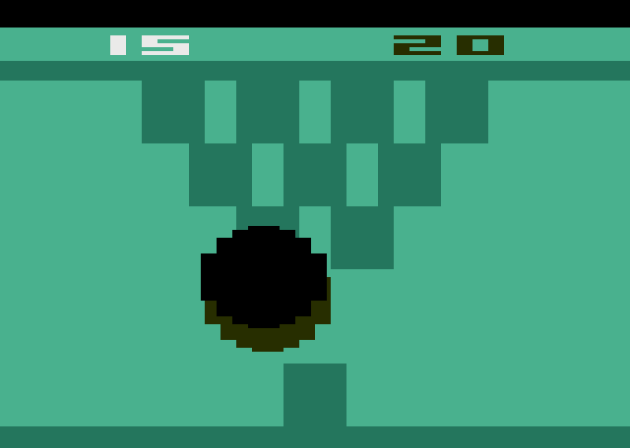
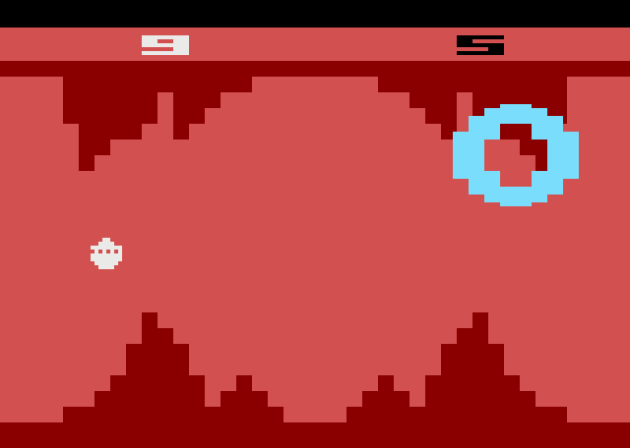
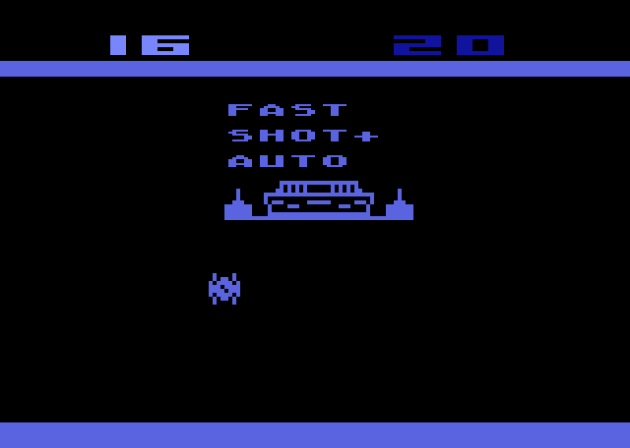
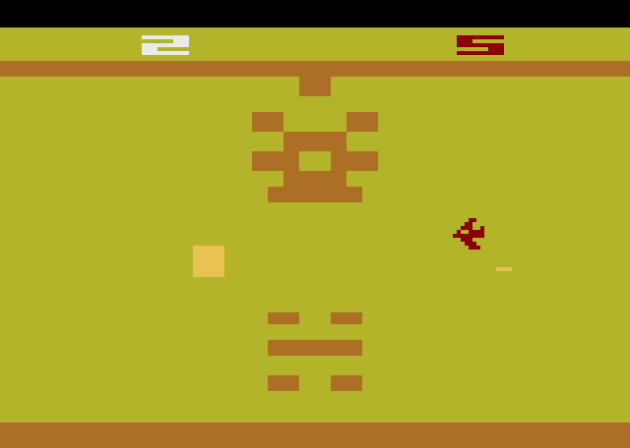
 The motivation behind playing a game may not always solely rely on its entertainment value. Sometimes, the sheer experience and novelty of engaging with a new game, especially a classic like Atari, can be rewarding in itself. Even if a game like Oh Shoot on Atari turns out to be enjoyable, the primary focus is on the unique experience it offers. It's intriguing to witness the development of quality games for platforms like Atari 2600, keeping the excitement alive for players. Despite personal preferences, the significance lies in the fun and availability of such games, making them worth exploring. So, the appeal of playing a game may extend beyond mere enjoyment to encompass the appreciation of its existence and the joy it brings.
The motivation behind playing a game may not always solely rely on its entertainment value. Sometimes, the sheer experience and novelty of engaging with a new game, especially a classic like Atari, can be rewarding in itself. Even if a game like Oh Shoot on Atari turns out to be enjoyable, the primary focus is on the unique experience it offers. It's intriguing to witness the development of quality games for platforms like Atari 2600, keeping the excitement alive for players. Despite personal preferences, the significance lies in the fun and availability of such games, making them worth exploring. So, the appeal of playing a game may extend beyond mere enjoyment to encompass the appreciation of its existence and the joy it brings.
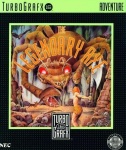 The Legendary Axe
The Legendary Axe
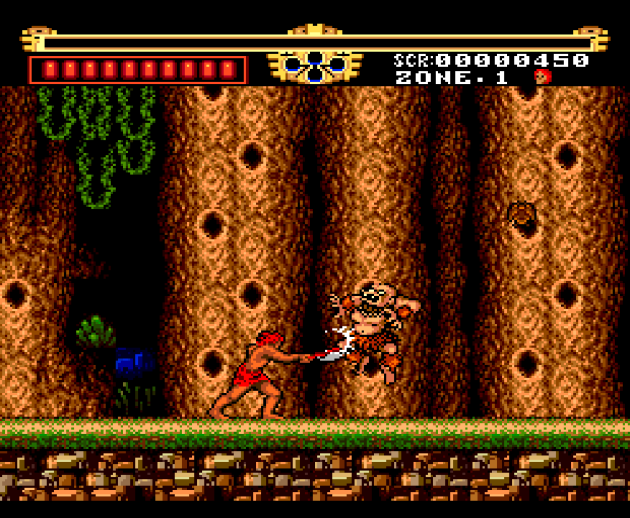
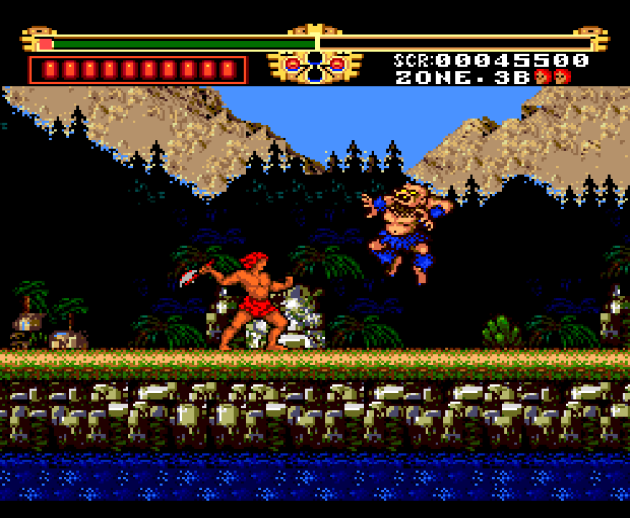
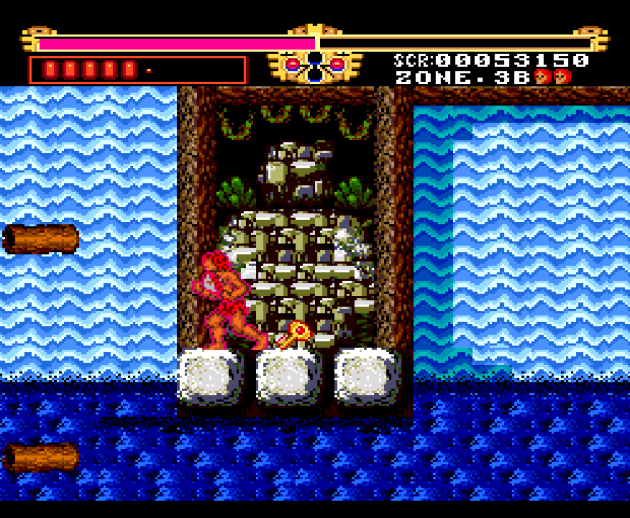
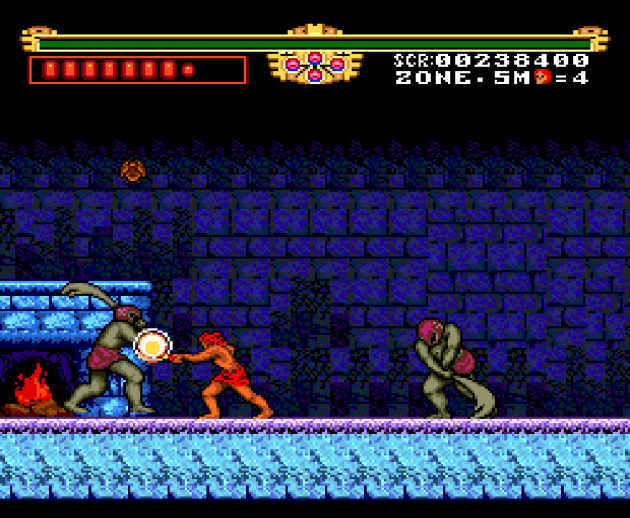
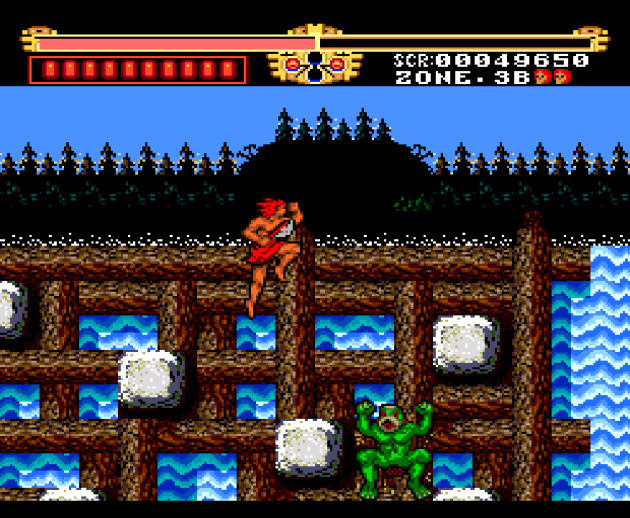
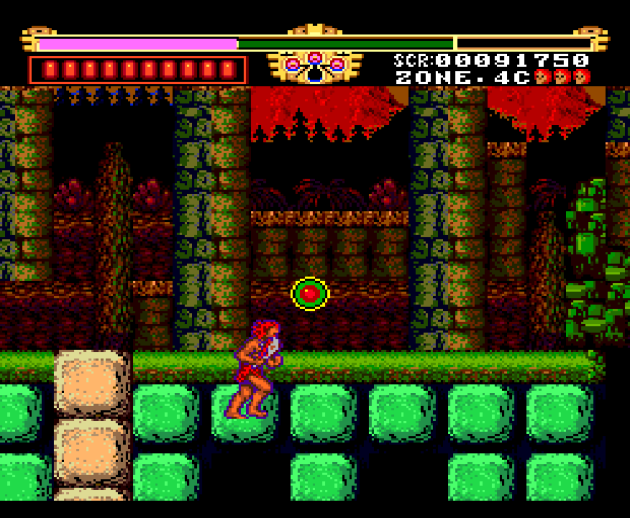
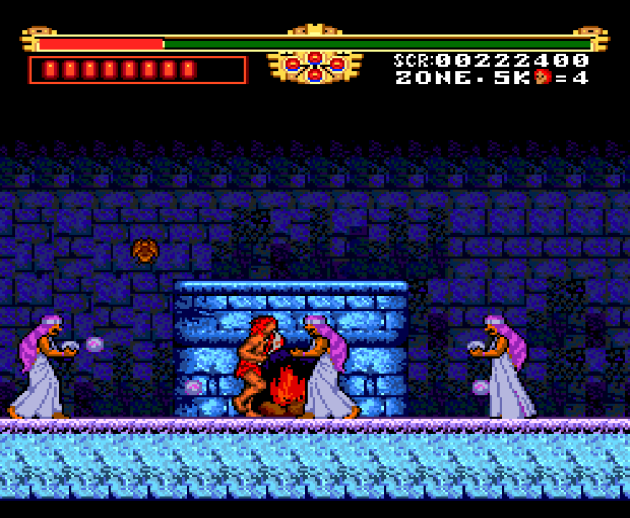
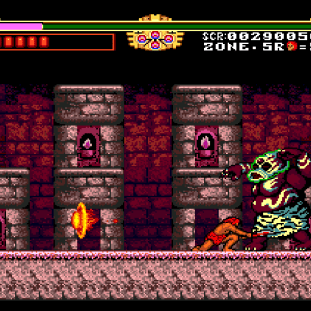
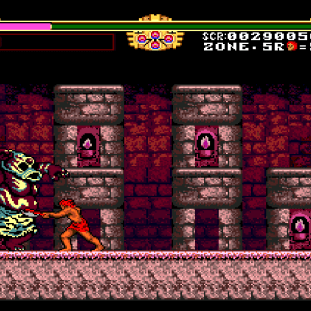
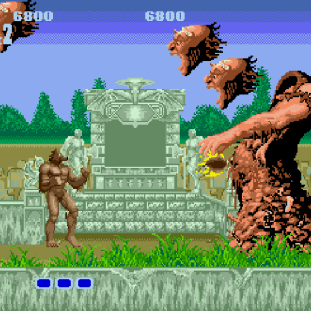
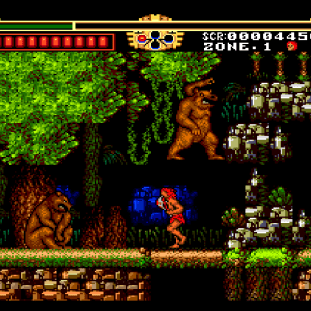
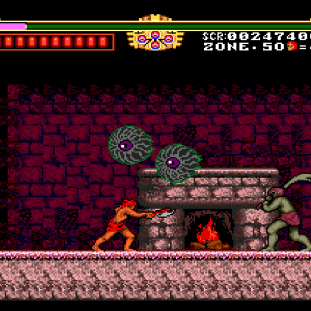
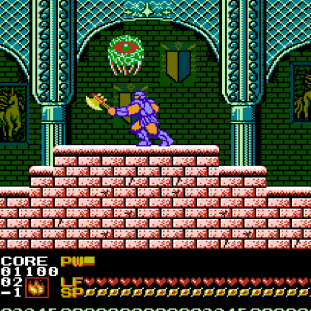
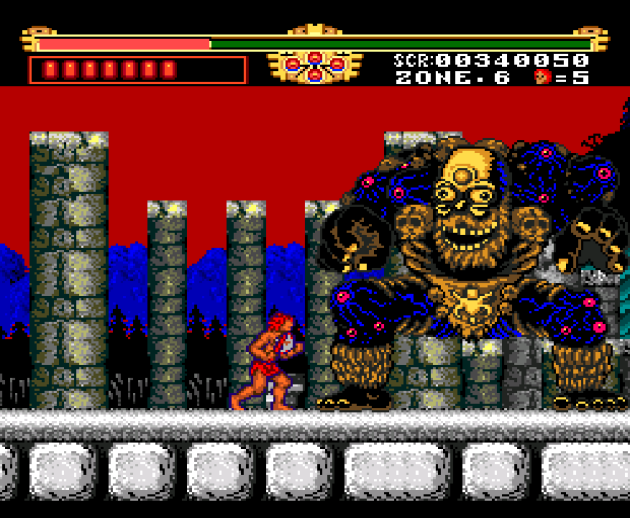
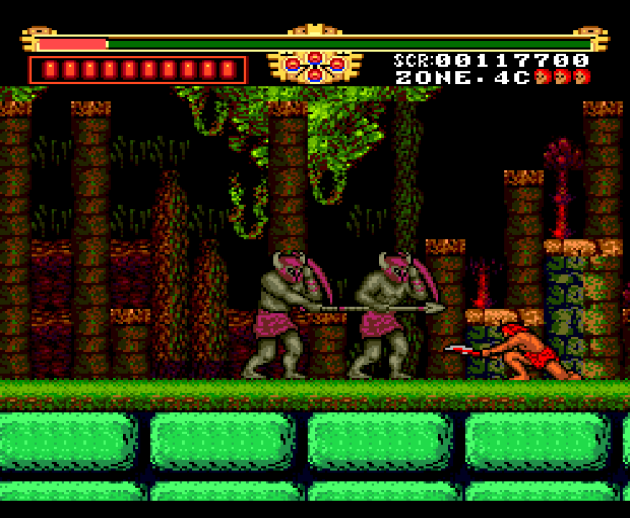
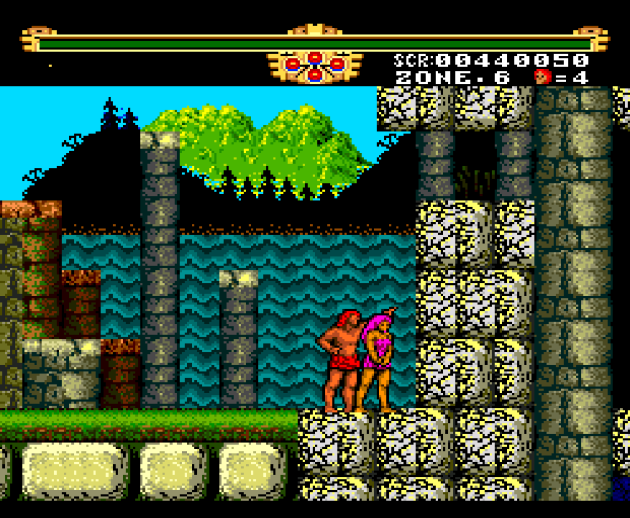
 Hudson Hawk
Hudson Hawk
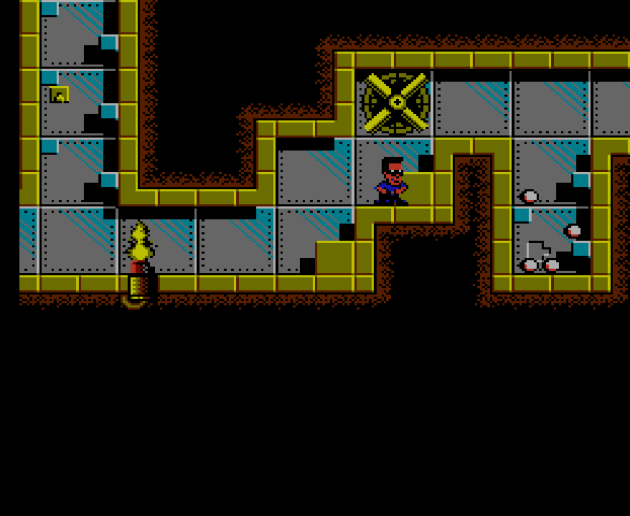
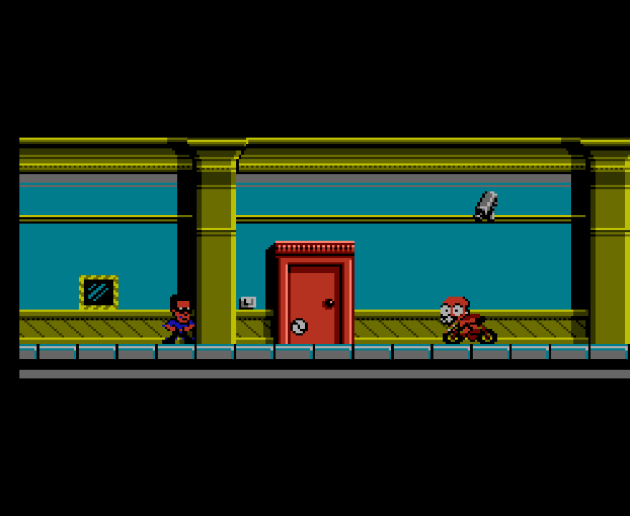
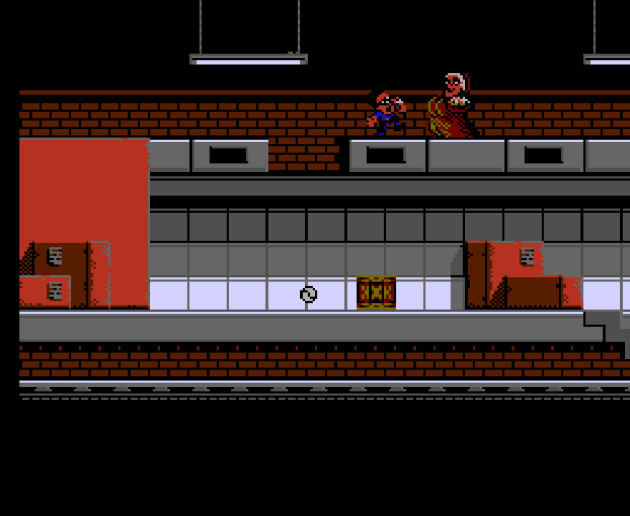
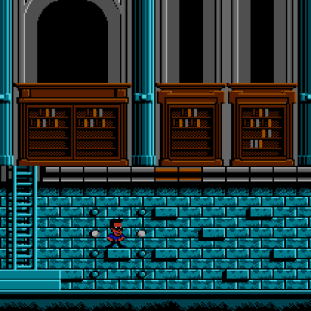
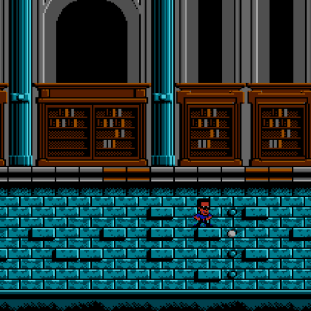
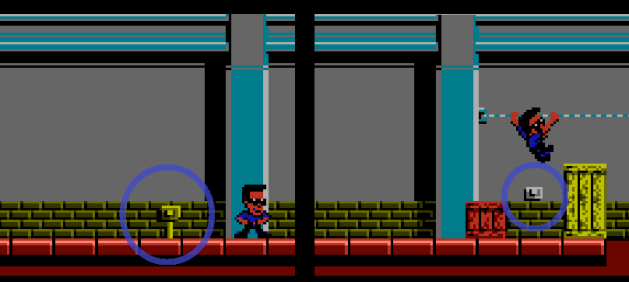
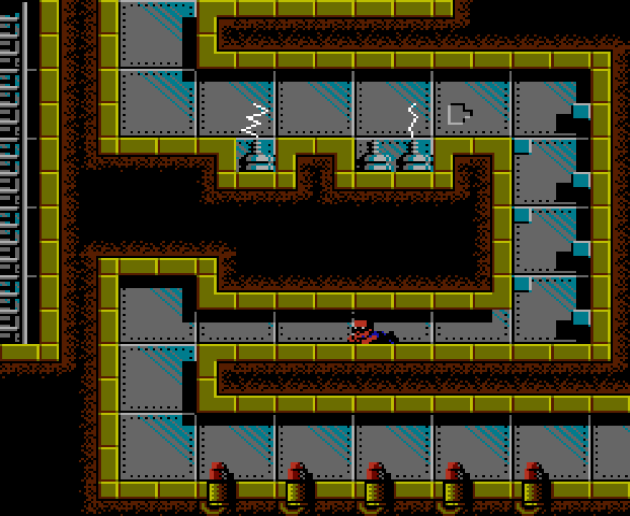
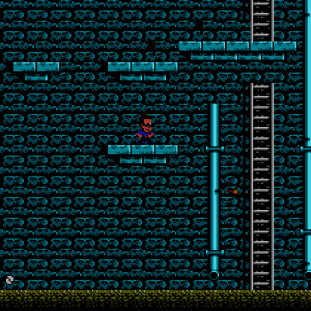
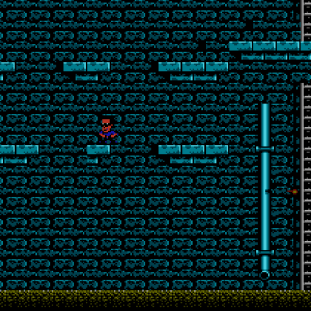
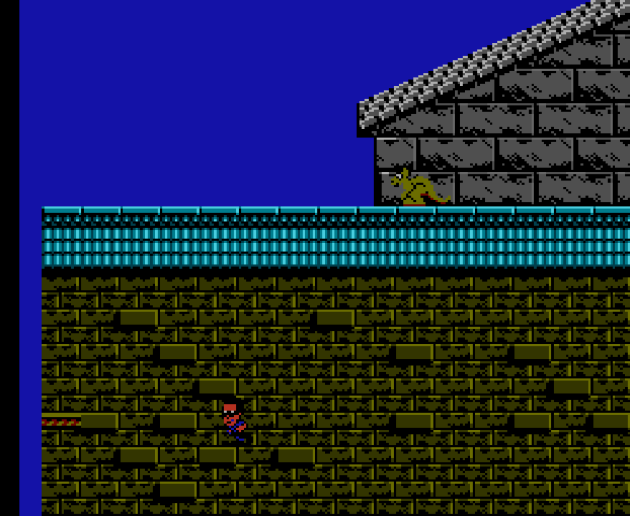
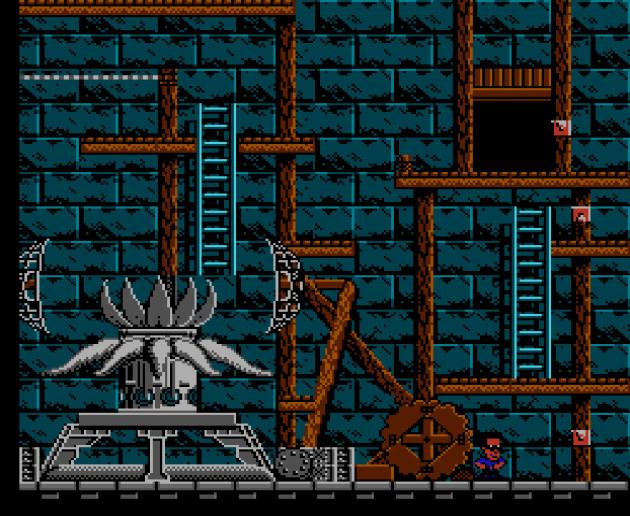
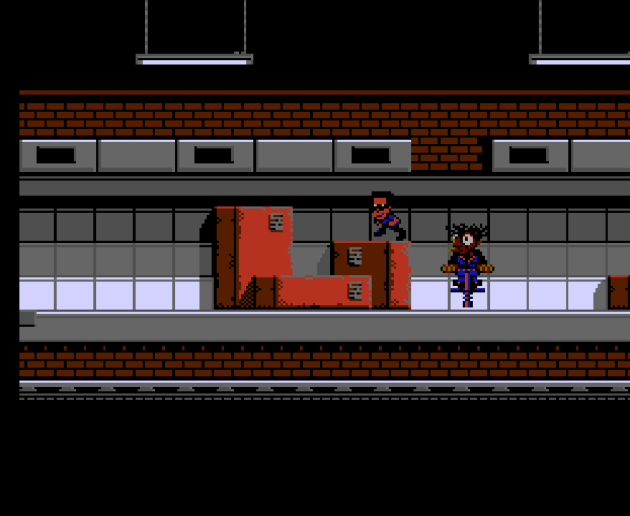
 The Karate Kid
The Karate Kid
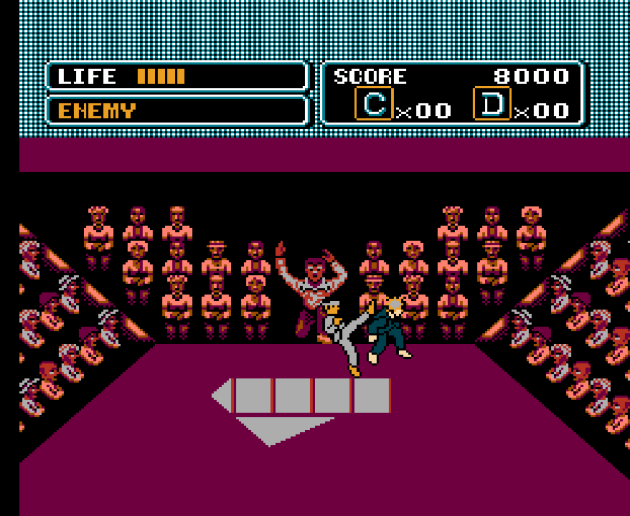
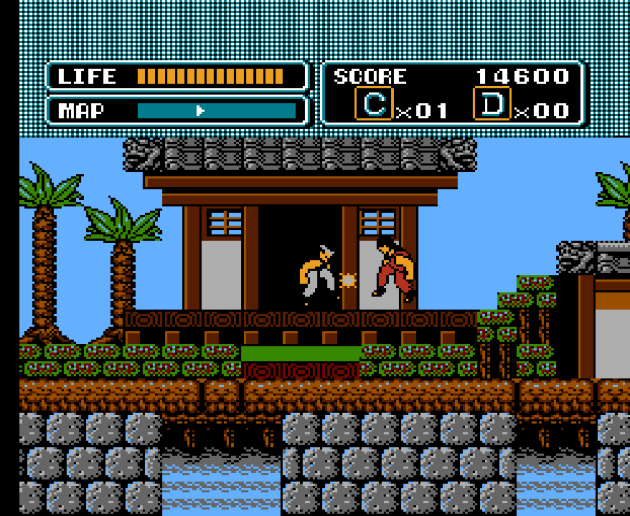
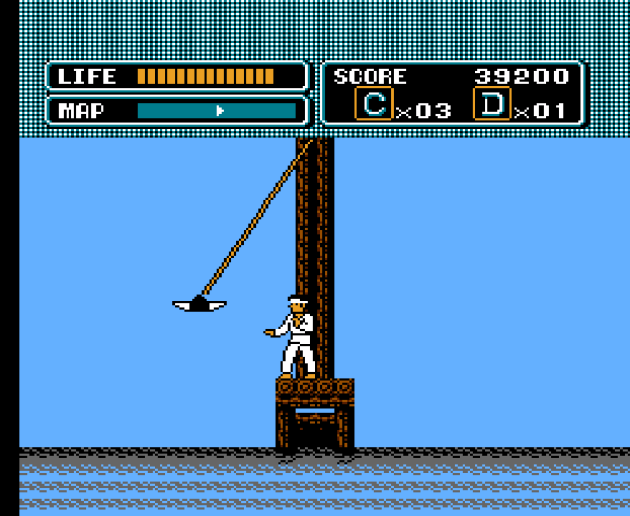
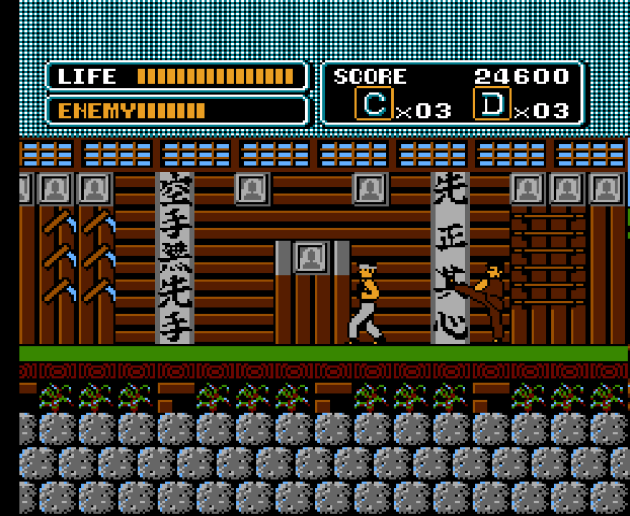
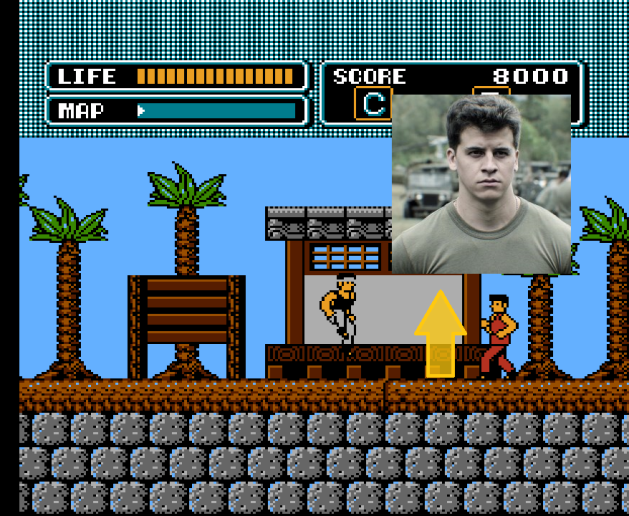
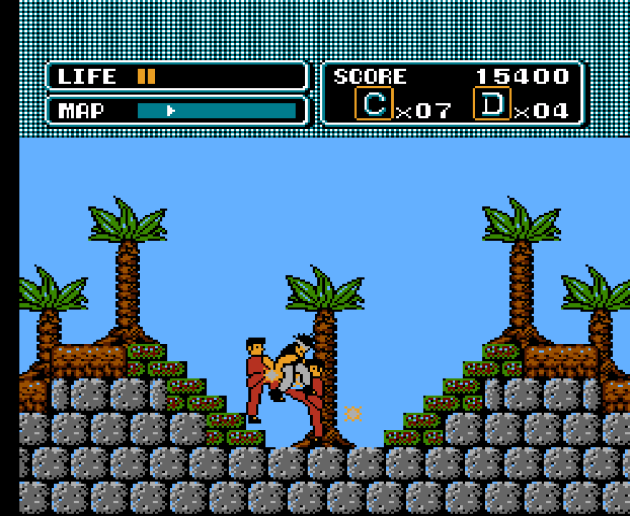
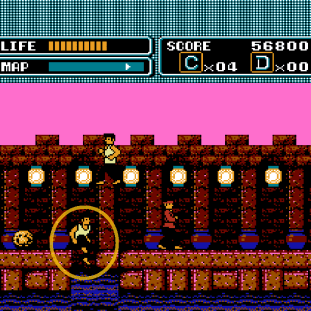
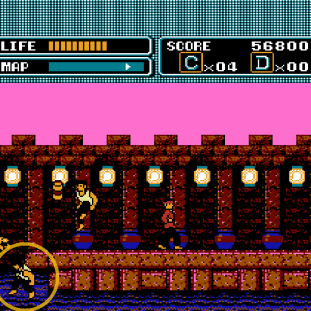
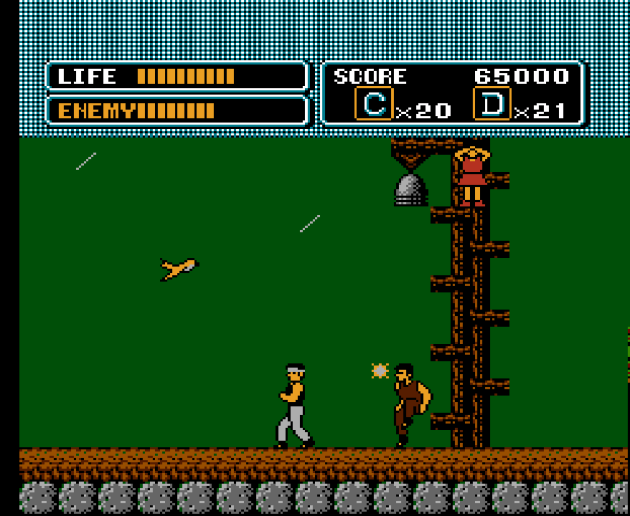

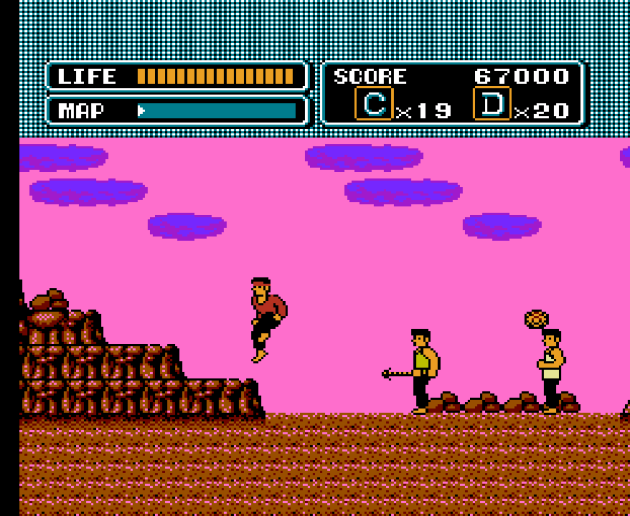
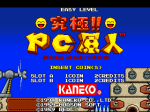 Bonk’s Adventure: Arcade Version
Bonk’s Adventure: Arcade Version
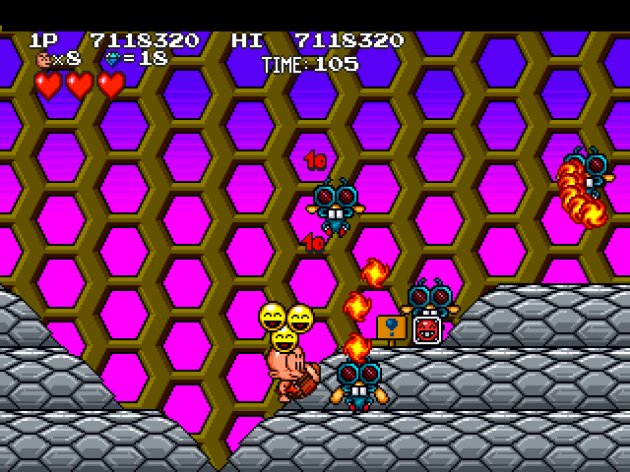
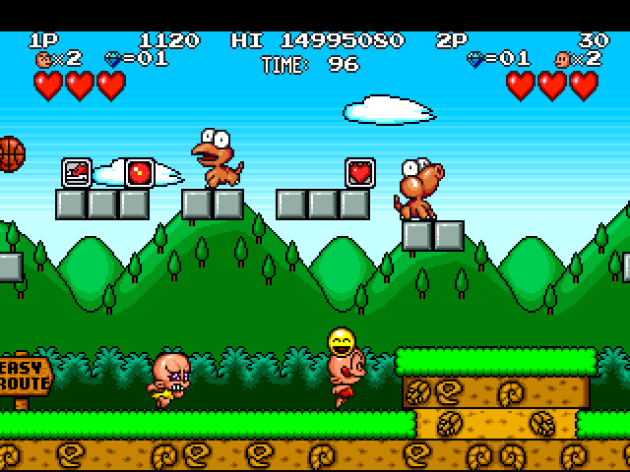
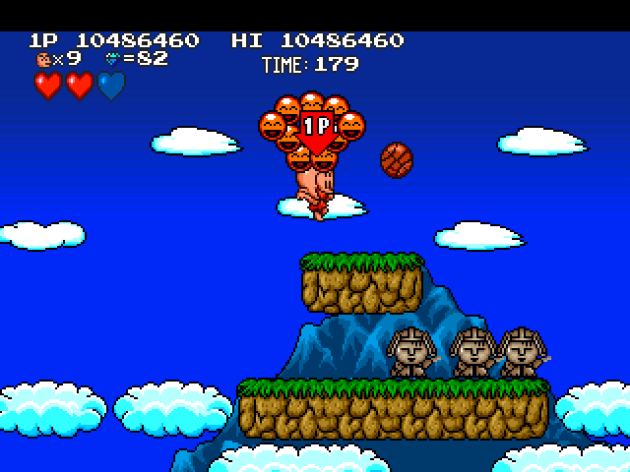
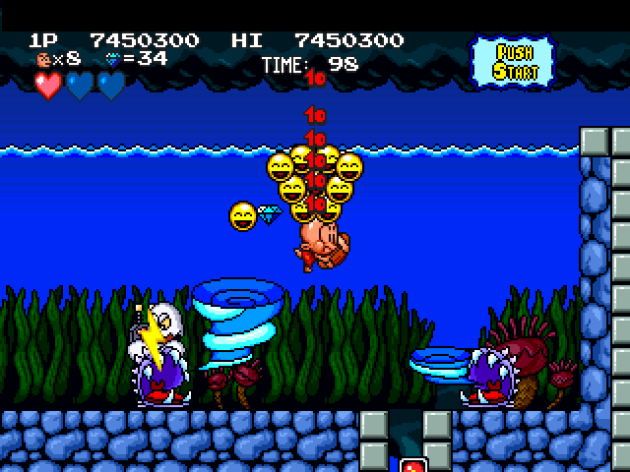
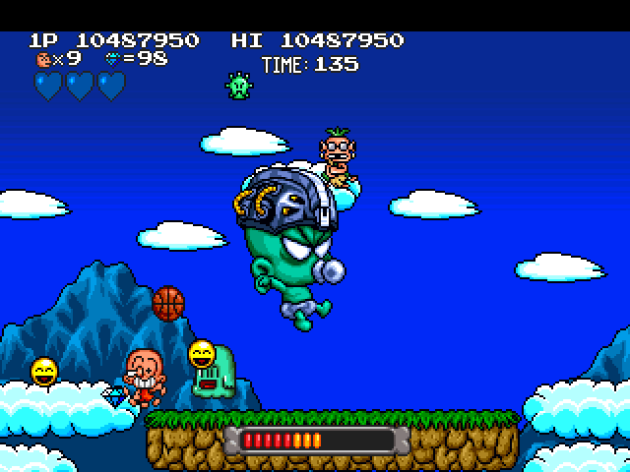
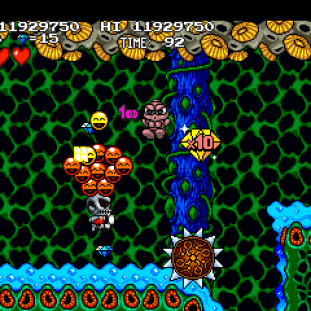
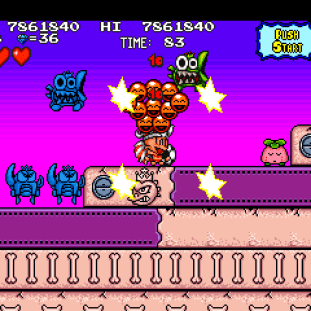

 Gremlins 2: The New Batch
Gremlins 2: The New Batch
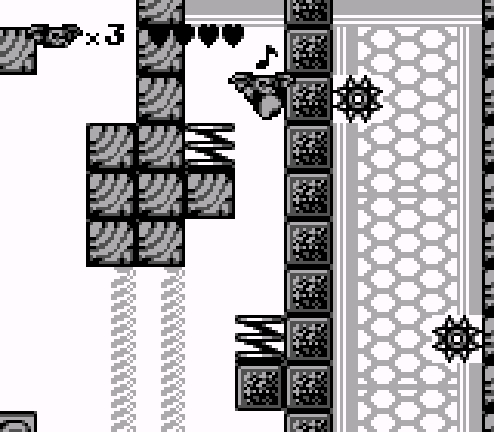
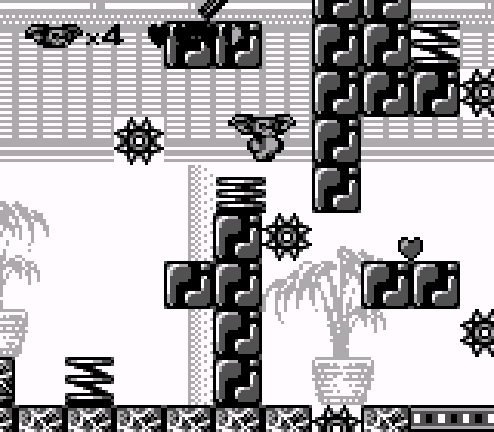
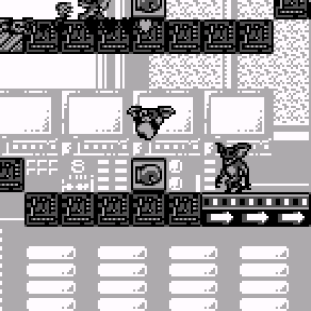
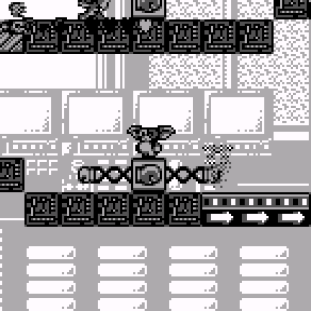
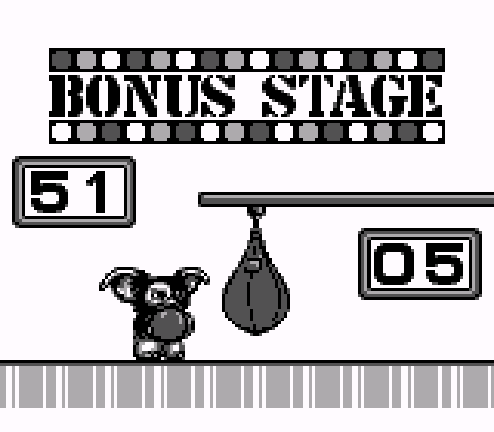
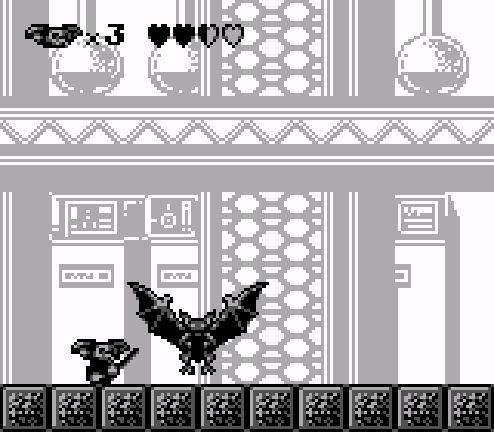
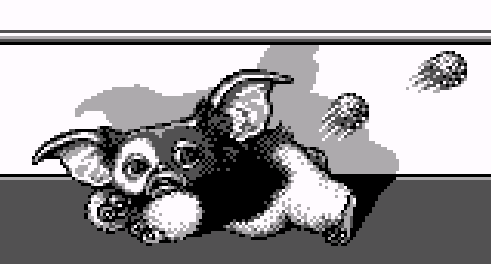
















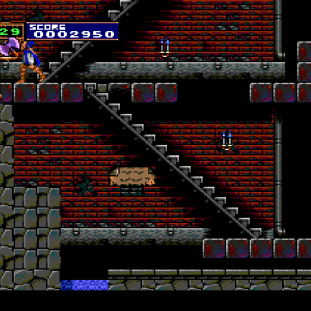
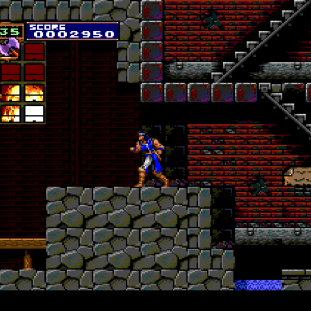






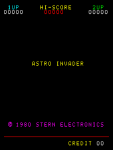
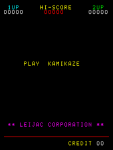 Astro Invader
Astro Invader
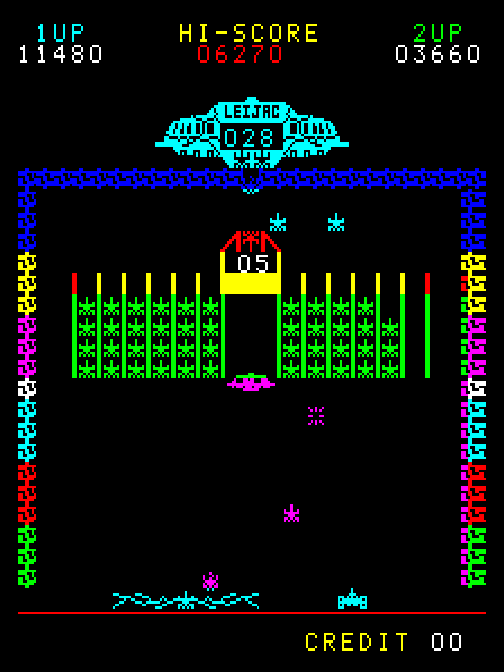
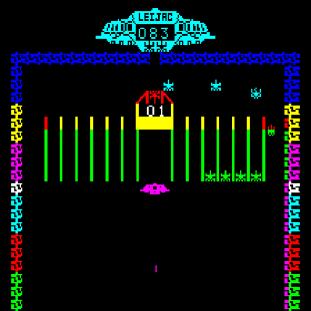
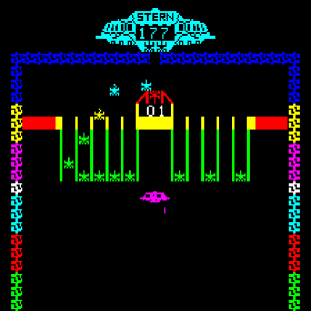
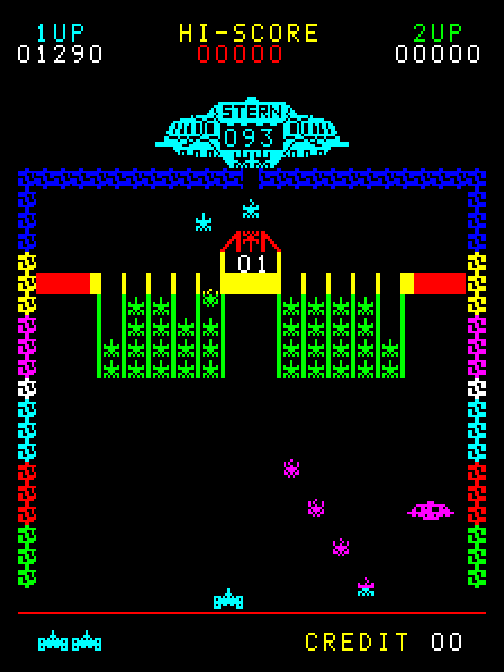
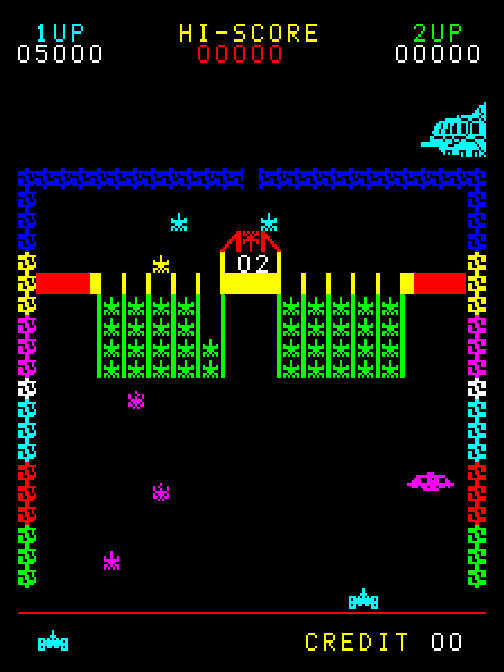

You must be logged in to post a comment.